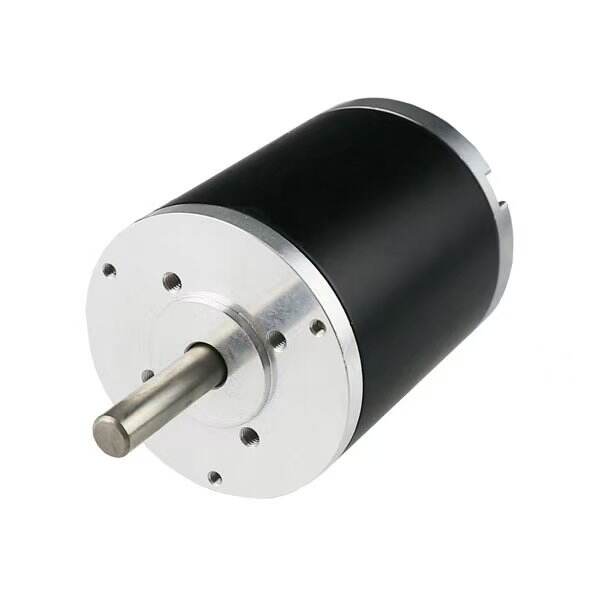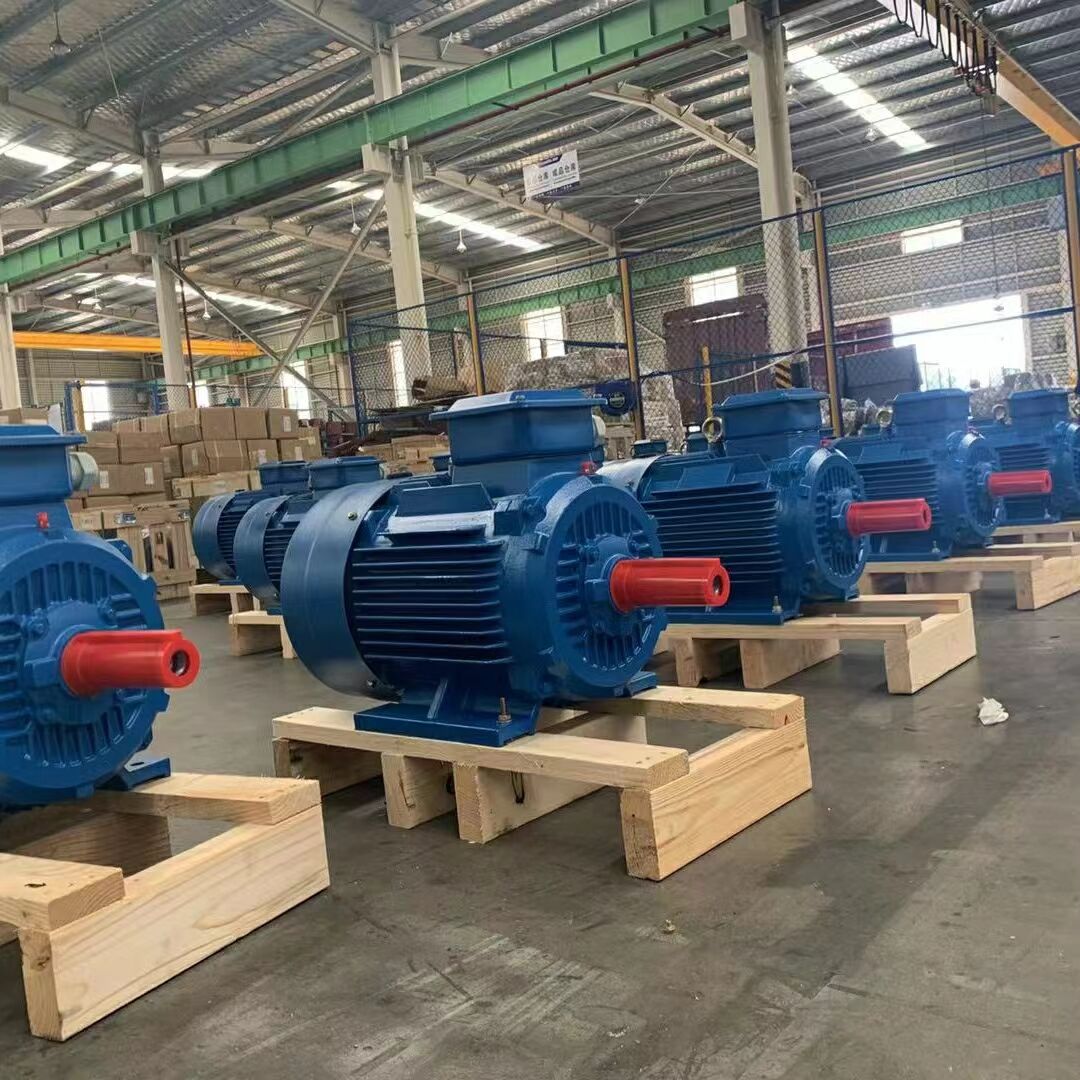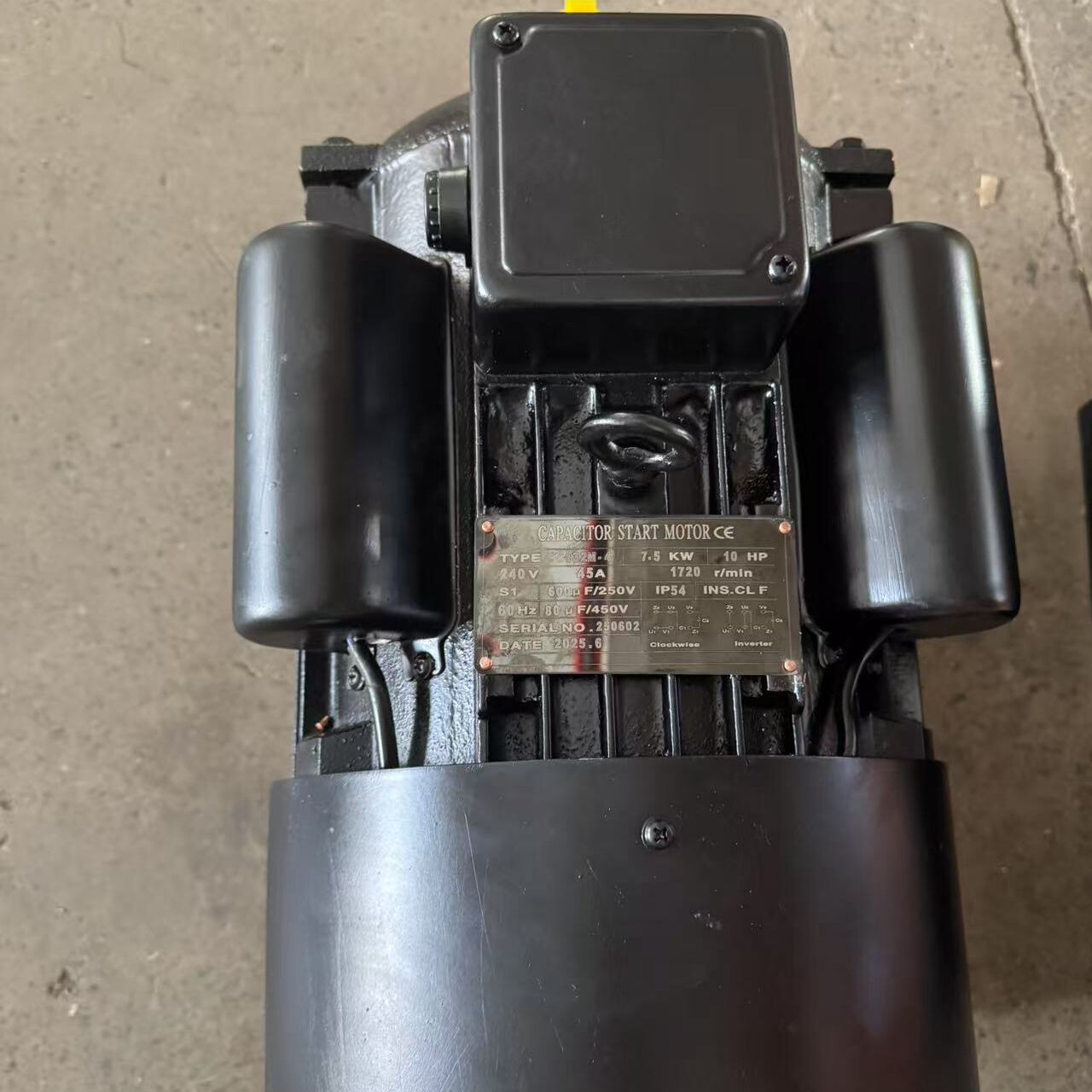asynchronous and synchronous motor
Asynchronous and synchronous motors represent two fundamental types of electric motors that power various industrial applications. Asynchronous motors, also known as induction motors, operate by creating a rotating magnetic field that induces current in the rotor, causing it to spin at a speed slightly lower than the synchronous speed. The speed difference, called slip, is essential for the motor's operation. Synchronous motors, conversely, rotate at exactly the same speed as the rotating magnetic field, maintaining perfect synchronization between the rotor and stator fields. These motors feature permanent magnets or electromagnets in their rotor design, enabling precise speed control and higher efficiency at rated loads. Both motor types serve distinct purposes in industrial applications. Asynchronous motors excel in applications requiring reliable operation under varying loads, such as conveyor systems, pumps, and fans. Synchronous motors find their niche in applications demanding exact speed control and high efficiency, including industrial processes, large compressors, and precision manufacturing equipment. The technological advancements in power electronics and control systems have further enhanced the capabilities of both motor types, enabling features like variable speed operation and improved energy efficiency.



